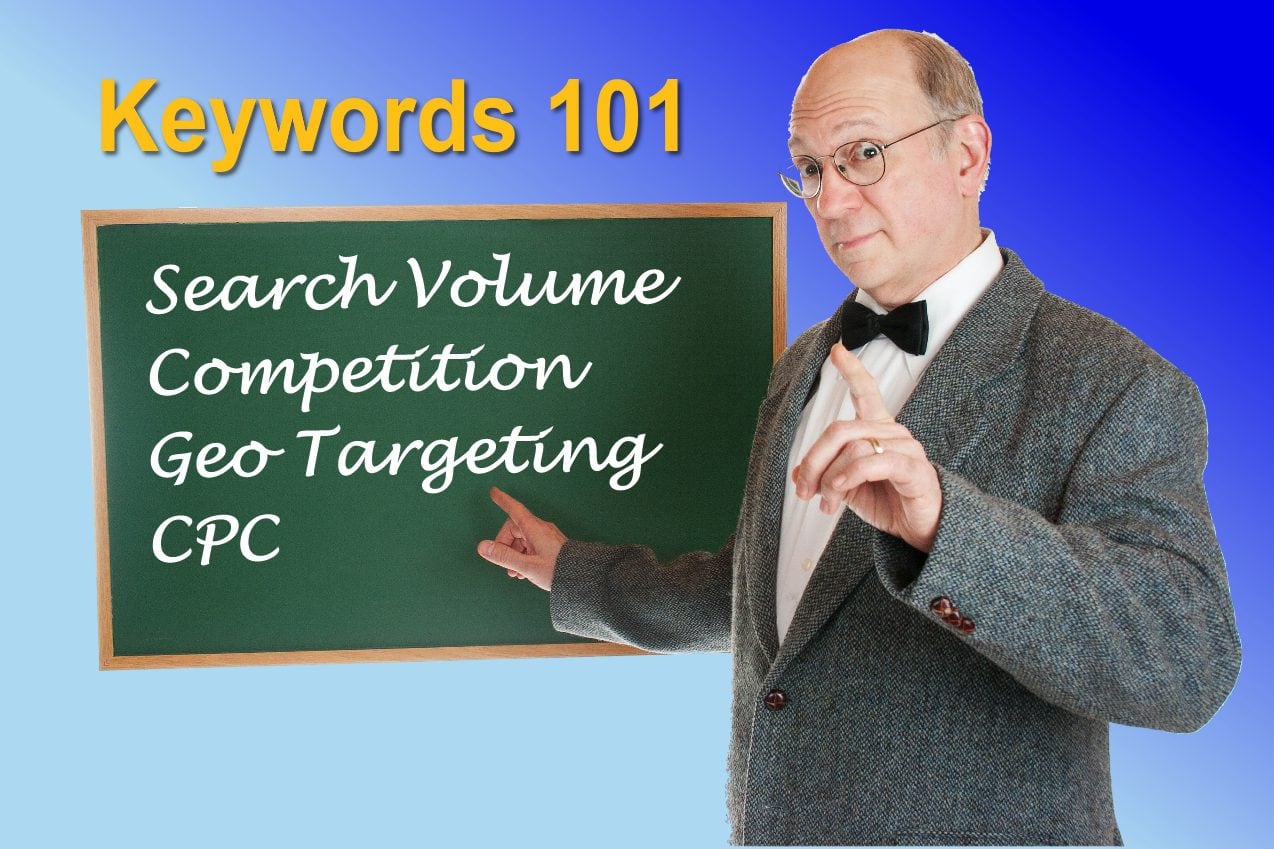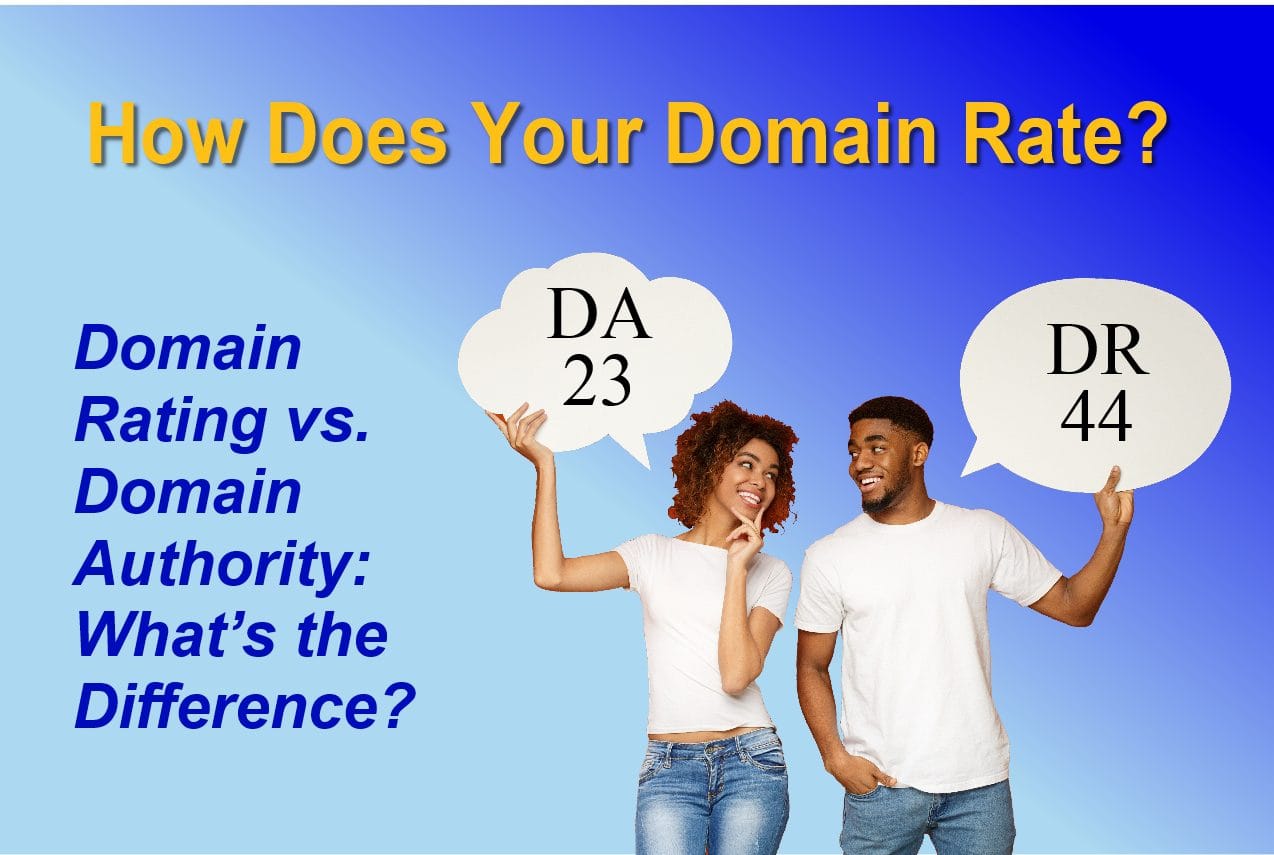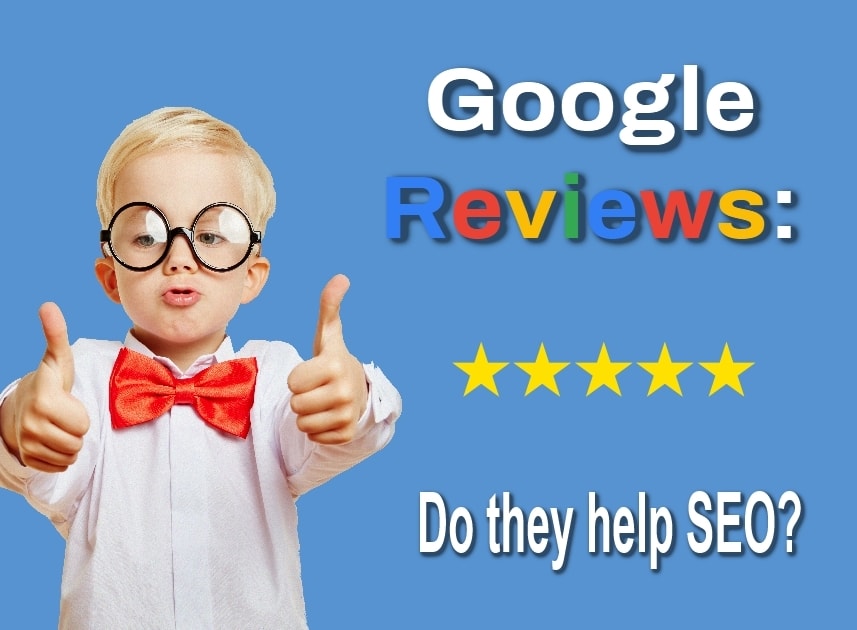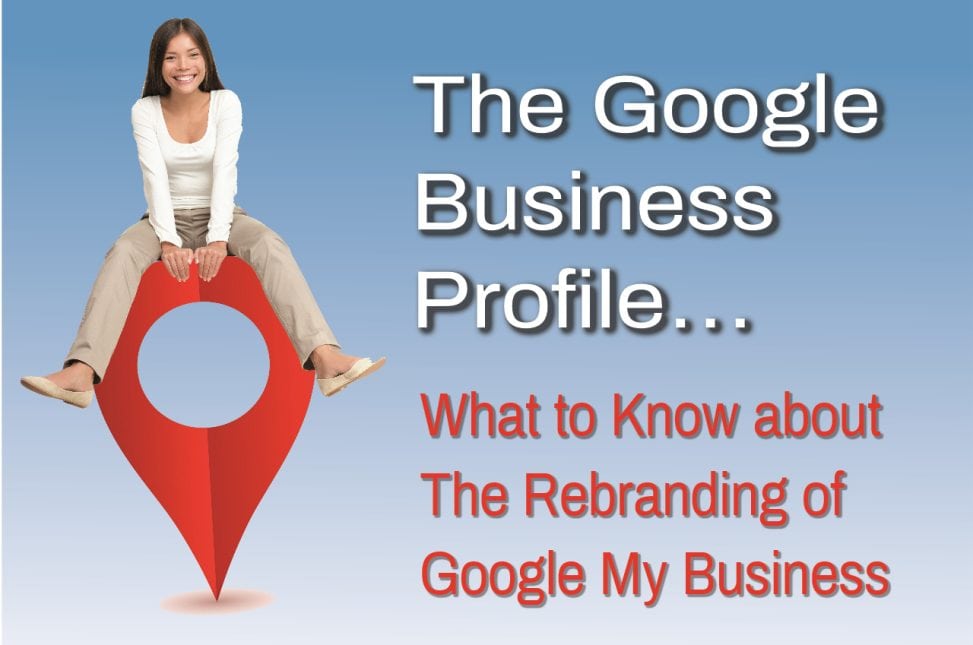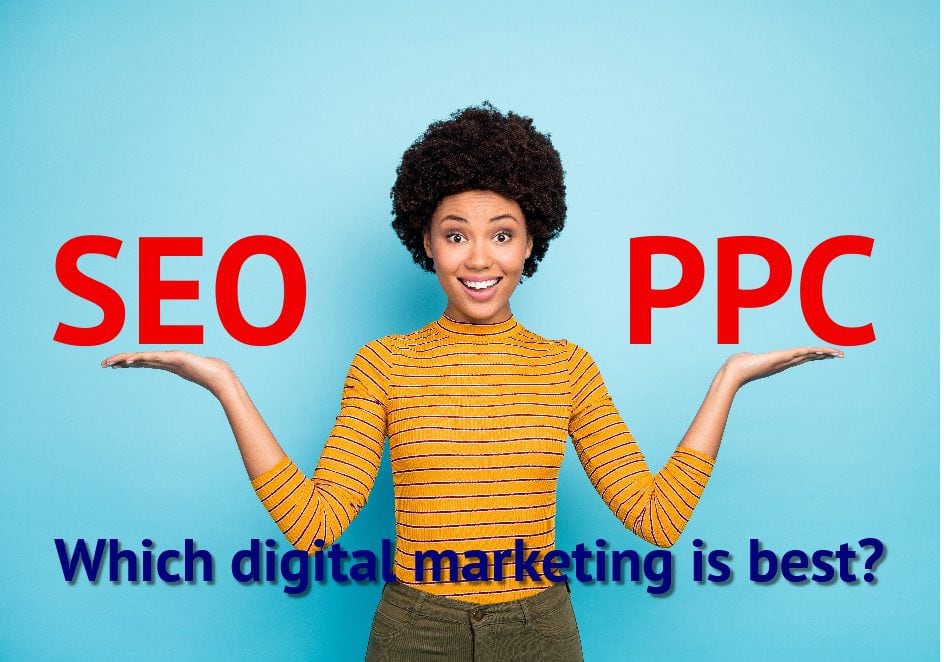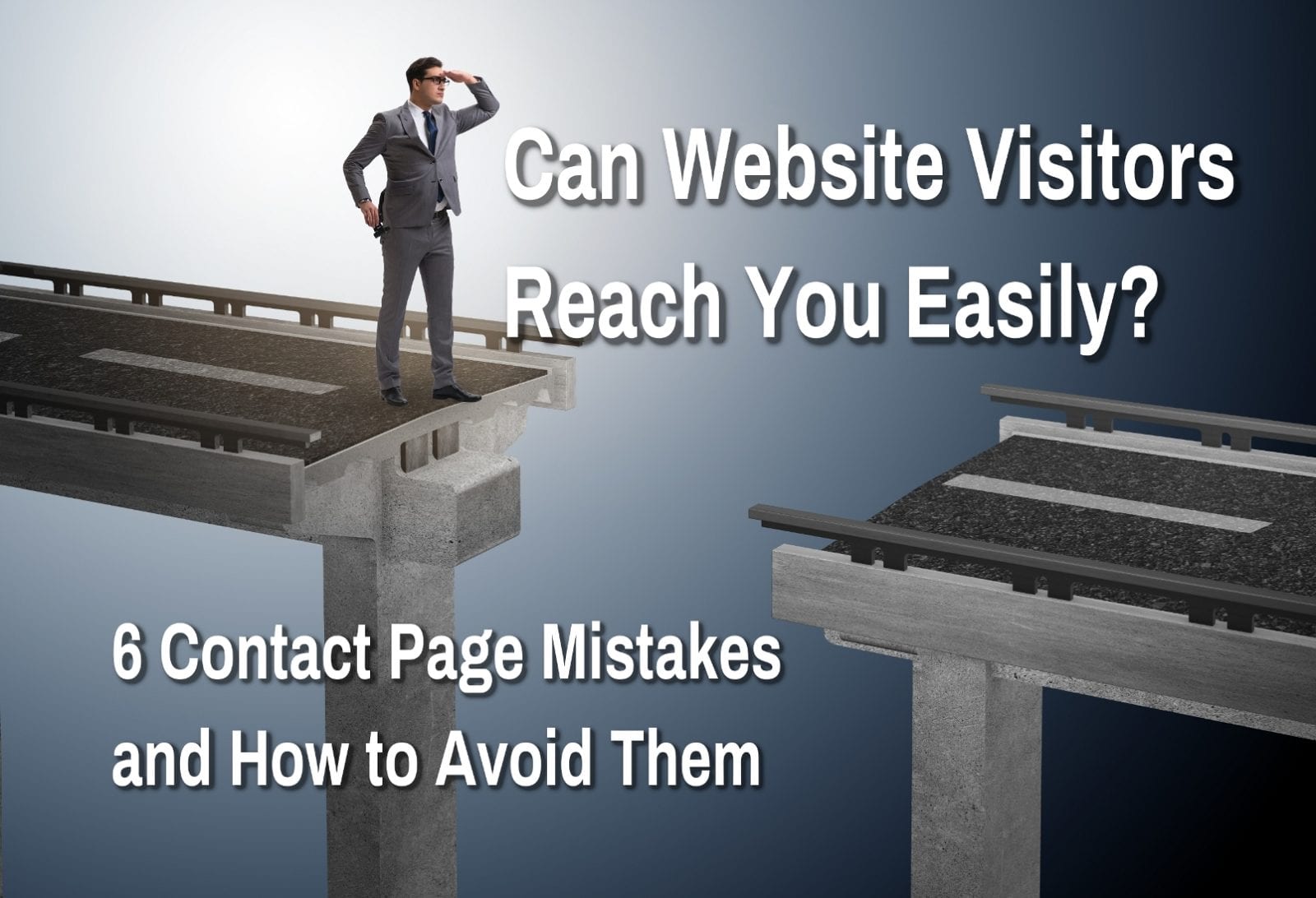5 Reasons to Overhaul Your Website
If you’re in business today, you know that a good website is critical to the success of your business. So, build a good one, launch it and you’re done, right? Wrong.
Websites are not monuments. Times change, the market changes, your competition changes, Google changes. And, if you want it to work for your business, your website better change, too.
Your website represents your business online, and you need to make sure it represents you well. If your website is not helping your business meet its goals, you should think of refreshing or replacing it.
Here are the top 5 reasons to consider overhauling your website.
-
Your Website is Not Mobile-Friendly
Google recently adopted a “mobile first” approach to its search algorithms. No wonder. More than half of all search activity now occurs on mobile platforms (phones and tablets).
Websites need to display well on mobile browsers, and they also need to work well for those users. If buttons are too close and not well-suited for finger taps (vs. mouse clicks), then it can frustrate or discourage users.
Google measures this, and will send an alert to website owners whose sites don’t make the grade. They also provide details on how to correct the issue. You can submit your site to Google to see how it fares at this link: https://search.google.com/test/mobile-friendly
-
-
Your Website is Slow to Load
-

In this age, people are more impatient than ever. They want to access information immediately without any delay.
So, if your website loading speed is slow, you are putting your business at a serious disadvantage.
A slow-moving website will negatively affect your visitor experience and correlates with higher abandon rates.
This means users who have to wait too long for sites to load on their phone or tablet are more likely to close the browser and go elsewhere. It also means they may shop elsewhere, too. 🙁
Page speed is particularly critical on mobile devices. Google would like sites to load in less than 2 seconds. But, in reality, very few sites today meet this criteria. However, page speed is a factor in Google’s “mobile first” algorithm. If your site is too slow, it can depress your position in search rankings. In other words, it’s bad for search engine optimization (SEO).
-
Your Web Design Looks Outdated
If you have not updated the design of your website for a while, it’s likely that the aesthetics are dated. Remember, your website says a lot about your business, and its appearance is everything.
According to online marketing experts, about 40% to 50% people stop engaging if the layout or the content is unattractive. Does the design of your site encourage people to stay there and look around. And very importantly, what does the design say about your business?
-
Poorly Written or Inadequate Content
There are two common content mistakes website owners make: It is poorly written, or it lacks the substance that site visitors need.
While you don’t need clever agency-level creative talent to write good website content, you DO need to write in clear, simple language geared for an 8th grade reading level.
Keep average sentence length short (under 20 words is recommended). Avoid compound, complex sentence structure. And DO use a spell-checker and proofreader to make sure the content is free of spelling and grammatical errors.
Content quantity is a mistake too many business owners get wrong. Too often they don’t provide enough of it, mistakenly assuming that people won’t read it. Let’s bust that myth!

Consider that people come to the Internet (the Information Superhighway) for—you guessed it—information. Your website should deliver that—as long as it’s well displayed. Avoid long paragraphs and unbroken “walls of text.”
Your content should address IN DETAIL what people want to know about your business:
- Who you are (background, approach, values, etc.)
- What you do
- What’s different or better about your business vs. your competitors
- How things work at your business (process)
- What they can expect as your customer
- etc.
-
Information is Not Well-Organized, or Navigation is Confusing
When visitors visit your website, they should be able to figure out what to do and where to go quickly. If they can’t find what they are looking for, they are likely to leave your website.
If they want to inquire, purchase or subscribe, they should be able to do it without hindrance or external help. Make sure commonly viewed links like “Home,” “About” and “Contact” are readily displayed.
Avoid overly artistic navigation where users have to guess about how to get around on the site. This is not the time for getting creative, since your site should be designed for users and make things easy for them to find.
Think your website may need an overhaul? Tim Smith offers free consultations to business owners and will provide detailed analysis and recommendations to refresh your site or develop a new one.


